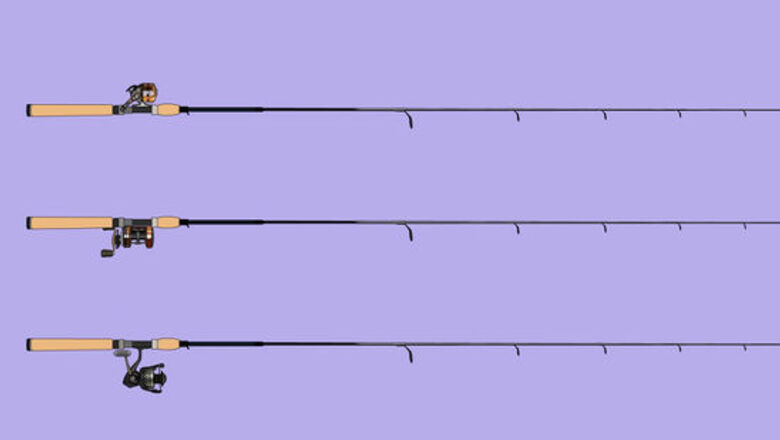
views
Understanding Your Reel and Drag
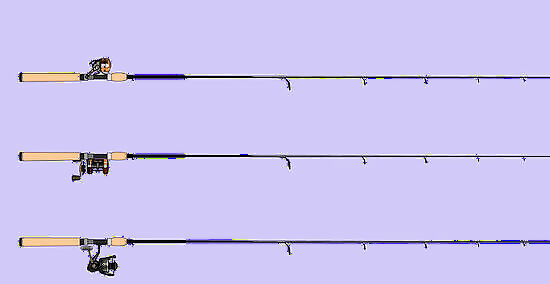
Determine what kind of reel you use. There are three basic types of reels that contain your line. This article won't get into the pros and cons of each; instead, it's important that you know what kind you have and where the drag adjustment is located. Spincasting reels are closed face. Your line will be encased by a cone-like cover and the line feeds out of a small hole in it. Spinning reels are open-faced. Your line spool will be exposed and you'll be able to watch it spin out. This one looks the most exposed. Baitcasting reels look like a mix between an open- and closed-face reel. The most noticeable feature is that the whole line spool will turn when you cast the line.
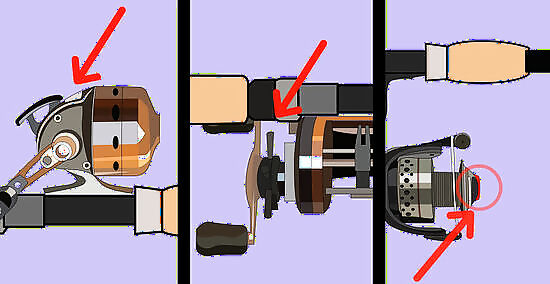
Locate your drag adjustment. Now that you know what kind of reel you're using, learn where the drag adjustment is located on your reel. The spincast's drag adjustment is usually next to the reel handle. It looks somewhat like a star-shaped knob and may click as you play with the drag. This allows you to hear just how much you're adjusting. The spinning reel's drag adjustment is a circular knob facing out at the front of your line spool. The baitcaster's drag adjustment looks like a star and is located next to the reel handle. Turning it clockwise will tighten it and counter-clockwise loosens the drag.
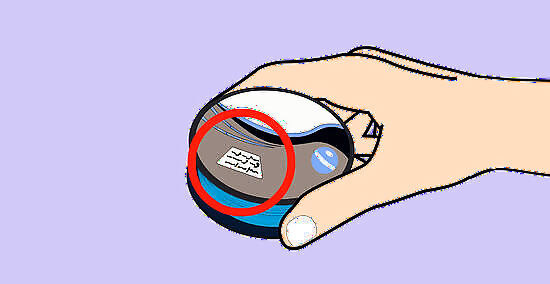
Learn the breaking strength for your line. Look on the package your line came in. It should clearly state in pounds how much resistance your line can handle without breaking. This will tell you what your optimum drag should be. Drag should always be no more than 25 percent of your your breaking strength's resistance. To figure drag, simply divide your breaking strength by 4. The result is what your drag should be set at.
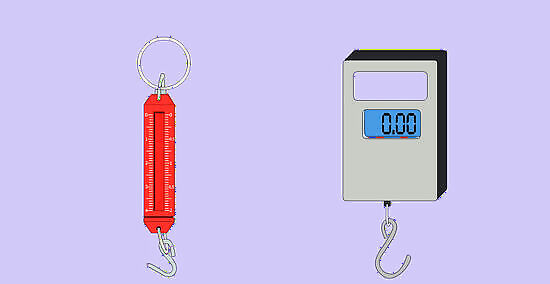
Get a scale. Now that you know what your drag should be, you'll need to see where your drag is currently set. You can use a digital scale or a spring scale (such as the sort used to weigh fish). Both have a hook at the end to which you attach your line.
Setting the Drag
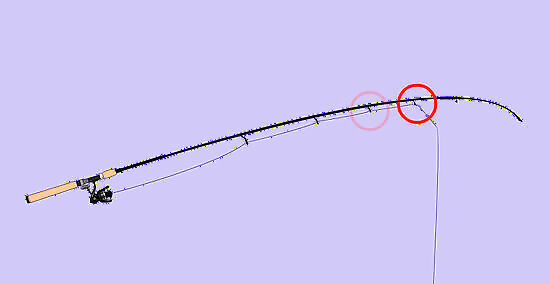
Assemble your rod. Set up your rod and thread the line as though you are going to actually use the rod. Be sure to thread the line through all of the guides in order to get an accurate reading.
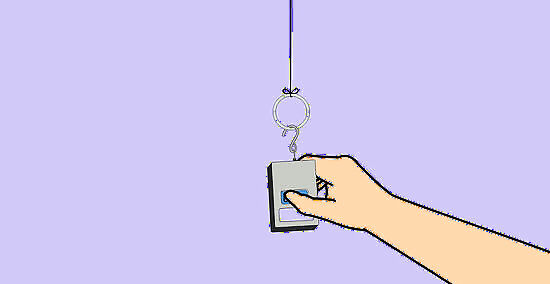
Tie your line to the scale. You'll need to tie it securely to the hook at the end of your digital or spring scale. Make sure the line can't slip off when the scale is pulled.
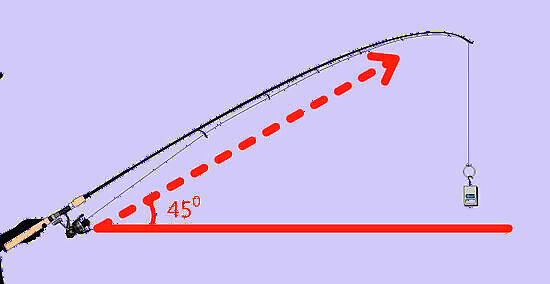
Position your rod. Hold the rod at a 45 degree angle. It's useful to have a friend hold your rod or the scale. Keep the scale vertical so that the hook and line are at the top.
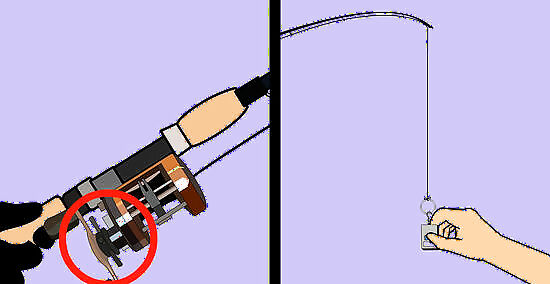
Pull down on the scale. At first, your line won't do anything other than bend down with the weight. Then, you should notice the drag start to slip and the line extend. As soon as this happens, look at the scale and take a measurement.
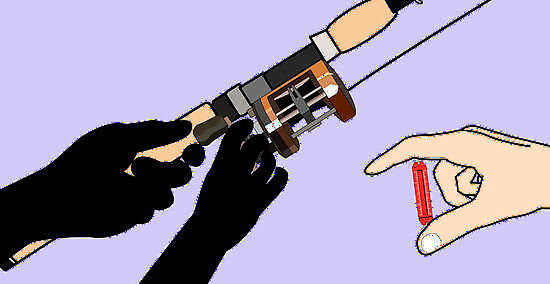
Adjust your drag. Look at where your drag is and what it should be set at. Use the drag adjustment knob on your reel and tighten or loosen as needed. Check the drag on a scale.



















Comments
0 comment